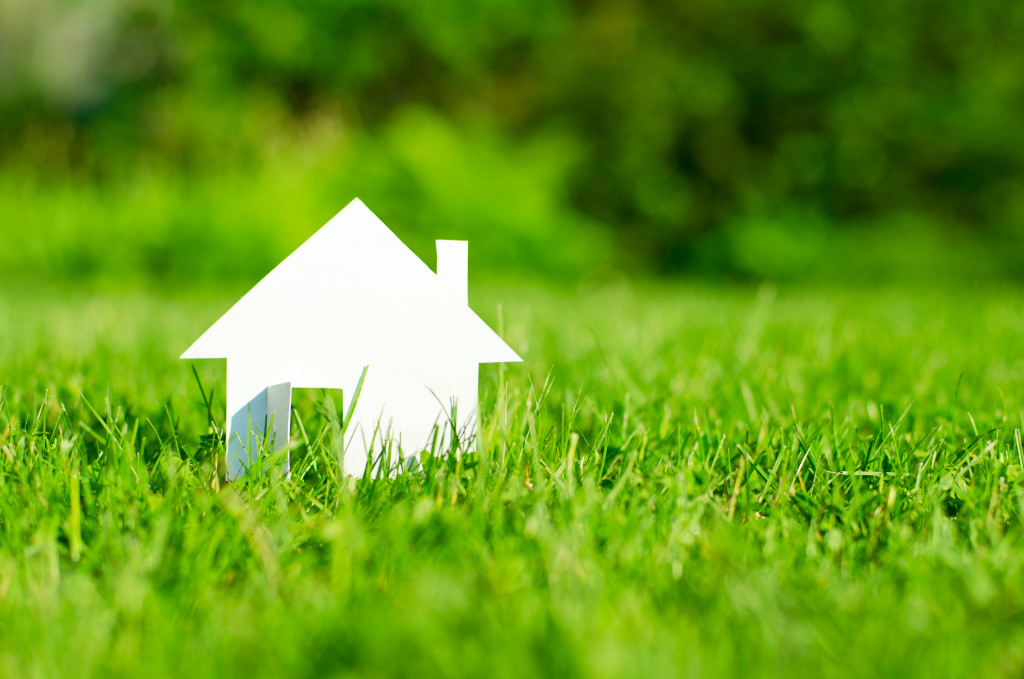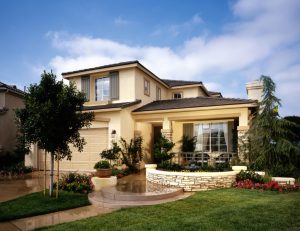- Check the roof for any damage and inspect it regularly to ensure stability.
- Upgrade the home’s electrical system with an electrician to reduce fire hazard risk.
- Address lead-based paint issues with a licensed professional.
- Install smoke and carbon monoxide detectors throughout the home.
- Maintain cleanliness and regularly check for mold, pests, HVAC, and plumbing.
Owning an older home is something many families aspire to, as these homes often have character, charm, and a sense of history that newer homes lack. However, older homes can also pose some unique challenges when keeping your family safe. Whether you’re living in an older home or planning to buy one, there are several steps you can take to ensure your family’s safety. This blog post will explore the most important ways to keep your family safe and secure in an older home.
1. Check the Roofing
Roofing is a vital home component as the structure that ensures the most protection from the elements. Check your roof for signs of damage or aging, such as missing shingles, sagging eaves, or loose flashing. Inspecting the roof regularly is also an excellent way to ensure it is up to code and withstand the elements.
If you find any signs of damage, have it repaired promptly to prevent further deterioration and keep your family safe. Some roof issues may be too extensive and will require roof replacement to ensure the home’s stability and protect your family. Look for a reputable roofing contractor who has experience with older homes. They will be able to assess the damage and provide you with the best course of action.

2. Update Your Electrical System
The electrical system is one of an older home’s most important safety considerations. Older homes may have outdated wiring, insufficient electrical capacity, or other issues that can lead to electrical fires and other hazards. To keep your family safe, consider hiring an electrician to upgrade your electrical system. This might involve installing new wiring, upgrading your circuit breaker panel, or adding additional outlets. Ensuring that your electrical system is up-to-date and meets modern safety standards can reduce fire risk and other hazards.
3. Address Issues with Lead-Based Paint
If your home was built before 1978, there’s a good chance it contains lead-based paint. This paint was commonly used in homes before 1978 and can pose a serious health hazard, particularly for children. If your home has lead-based paint, it’s essential to address this immediately. You must hire a licensed professional to remove the paint safely and ensure no residue remains. They may also recommend installing barriers, such as wallboard or plaster, to contain any remaining lead-based paint.
4. Install Smoke and Carbon Monoxide Detectors
Smoke and carbon monoxide detectors are essential for keeping your family safe in any home, but they’re vital in older homes. Ensure that your home has functioning smoke detectors on every level and carbon monoxide detectors in any spaces that use fuel-burning appliances. Test your detectors regularly to ensure they’re working correctly, and replace batteries as needed.

5. Keep Your Home Clean and Well-Maintained
Finally, one simple but critical step in ensuring your family’s safety in an older home is to keep it clean and well-maintained. This means addressing any issues before they become more significant problems. Here are some essential maintenance tips:
a. Check for mold growth
Molds can cause health problems and can spread quickly if not addressed. Check for signs of mold growth, such as musty odors or discolored walls, and have it remediated promptly.
b. Look for signs of pests
Pests like rodents or ants can create sanitation issues and spread disease. If you find any signs of pests, contact a professional to handle the infestation. They can safely and effectively remove pests and provide tips to prevent future infestations.
c. Maintain your HVAC system
Older homes often have outdated HVAC systems that can reduce air quality. Make sure to service your system regularly and replace the filters as needed. This will help keep your home free of dust and pollen, reducing the risk of allergies and asthma.
d. Check your plumbing
Check for signs of broken pipes or leaking faucets, and have them repaired promptly. Leaks can cause water damage and create ideal conditions for mold growth.
Living in an older home can offer many benefits, but taking steps to keep your family safe is essential. By following these tips, you can ensure that your home is free of hazards and your family is well-protected. Remember to stay vigilant, address issues, and invest in reliable safety features. With a little effort, you can enjoy all the charm and character of your older home while keeping your family safe and secure.



















